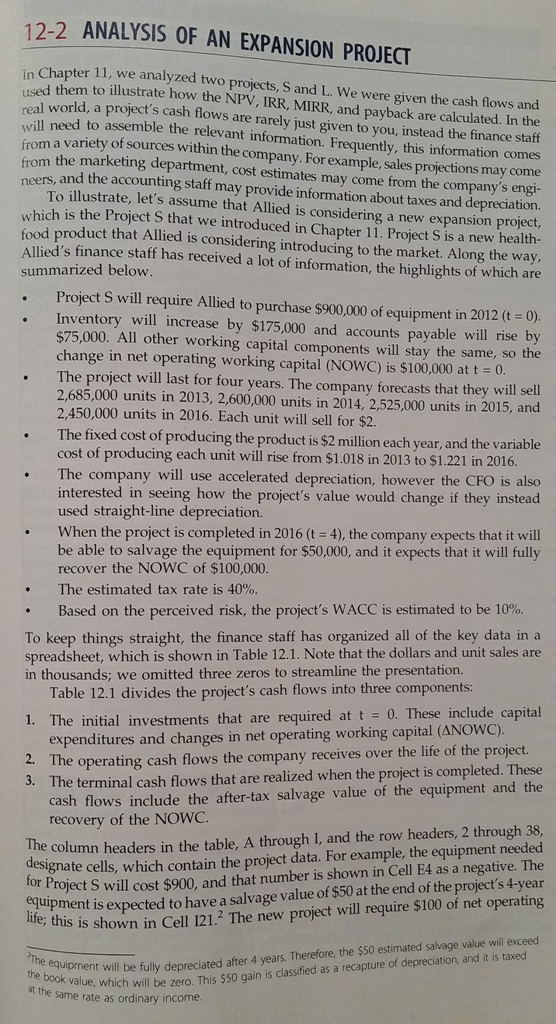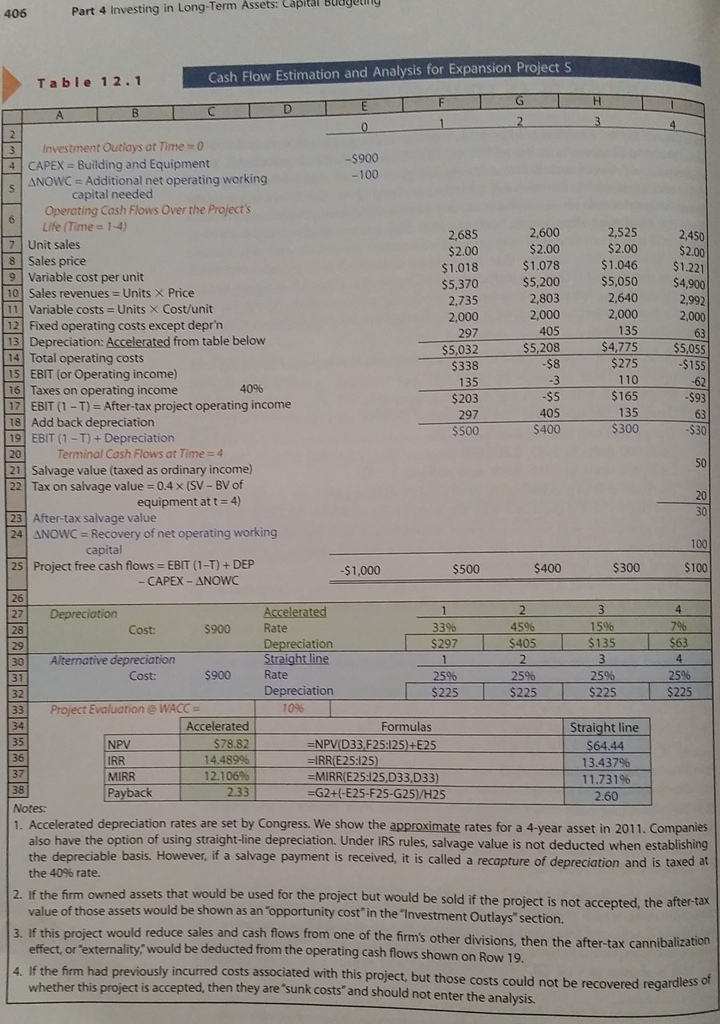Question
Create an assessment in which you address the following problems/questions: Assess the relevant cash flows used to form a capital budgeting decision model. For this

 Create an assessment in which you address the following problems/questions:
Create an assessment in which you address the following problems/questions:
Assess the relevant cash flows used to form a capital budgeting decision model. For this assignment, focus upon an expansionary problem.
Evaluate the cost of capital (WACC) for use in a capital budgeting decision model. Make sure to define each component of the formula. Explain how the resulting cost of capital (WACC) is used within a capital budgeting model. How can the Capital Asset Pricing Model contribute to this analysis? Explain.
Weigh each of the following decision metrics that can be used within a capital budgeting decision model: net present value, internal rate of return, modified internal rate of return, payback period, and discounted payback period. Explain how each metric is formed and discuss the critical value of each in forming conclusions within a capital budgeting decision model. Discuss which method has the strongest basis for being used and under which conditions each might be the preferred method.
Develop a capital budgeting decision model that displays cash flows, cost of capital, and decision metrics (i.e., npv, irr, mirr, payback, and discounted payback). Then, form a conclusion based upon the analysis. What are some problems with the payback period? Is NPV better than IRR? Begin with the example problem on pages 405 and 406 of the textbook, Table 12.1. Modify the problem in the following manner, and then develop the analysis within an Excel spreadsheet.
Assume the units sold are 2,700,000 in year 2013, and they grow each subsequent year at 5%.
Assume each unit will sell for $2.10.
Assume the variable cost of producing each unit is 1.10.
Assume straight-line depreciation.
The cost of capital is calculated based upon funding from retained earnings and from debt. The company is assumed to fund itself with 50% debt and 50% retained earnings. The cost of debt capital, rD, is 7%. The cost of capital from retained earnings, rS, is based upon the capital asset pricing model. The risk free rate in the market is 5% and the difference between the expected return on the market and the risk free rate is 5%. The beta for the company is 2.0. The tax rate is assumed to be 40%.
Complete a sensitivity analysis in which you reevaluate the model considering the selling price per unit is 1.90, 2.00, 2.10, 2.20, and 2.30. Present and comment on the results.
Assume all other assumptions as given.
@ Annoymous : Please clarify what do you mean by " provide reference' . The text book from the above information sent is Fundamental of Financial Management 7th ed.Brigham& Houston. Thanks.
Step by Step Solution
There are 3 Steps involved in it
Step: 1

Get Instant Access to Expert-Tailored Solutions
See step-by-step solutions with expert insights and AI powered tools for academic success
Step: 2

Step: 3

Ace Your Homework with AI
Get the answers you need in no time with our AI-driven, step-by-step assistance
Get Started


